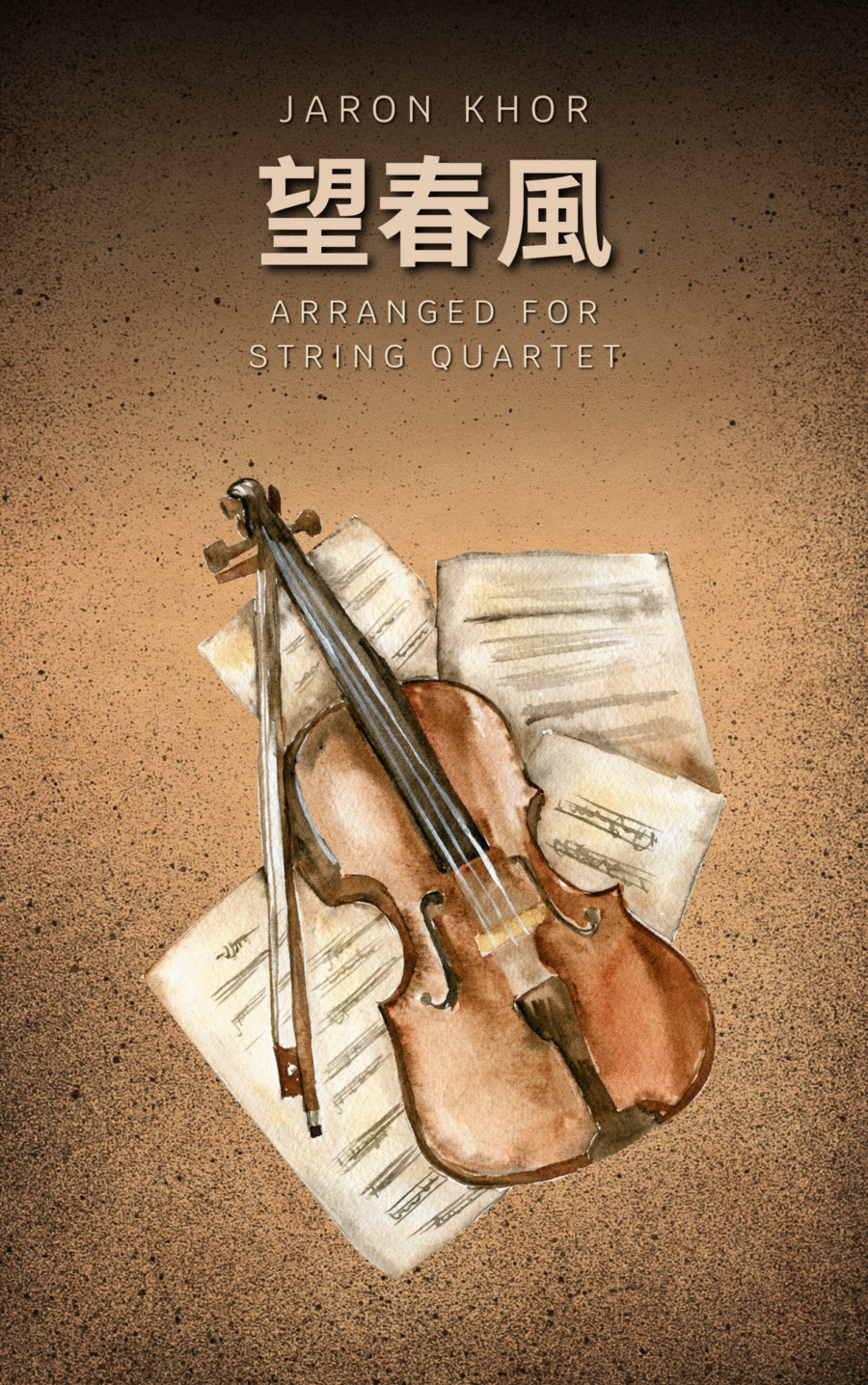String Quartet Cello,String Quartet,Viola,Violin - Level 2 - Digital Download SKU: A0.1366465 By Jaron Khor. By Deng Yuxian. Arranged by Jaron Khor. 19th Century,Chamber,Classical,Folk,Traditional. 12 pages. Jaron Khor #950798. Published by Jaron Khor (A0.1366465). Deng Yuxian (July 21, 1906 - June 11, 1944) was a Taiwanese Hakka composer known for nearly a hundred iconic compositions, including Rainy Night Flowers, Spring Breeze, and Four Seasons Red. He is acclaimed as the Father of Taiwanese Ballads. Born in Taoyuan into a family with a rich history, Deng attended the Taipei Normal School under Japanese rule and later pursued composition studies in Japan.Upon returning to Taiwan, Deng Yuxian created numerous popular songs. In 1940, he left the music industry to become a teacher. Unfortunately, he succumbed to heart and lung disease in 1944 at the age of less than 40. Deng's musical legacy has had a profound impact on the Taiwanese music scene, leaving an indelible mark on its history.Spring Breeze, also known as Desire to the Spring Breeze, is an ancient traditional music piece with roots in a rich and old musical tradition. Known for its millennia-old melody and profound cultural significance, the song typically expresses anticipation for spring and praises the vibrant natural scenery. In this reimagined arrangement, I aimed to depart from traditional arrangement methods, incorporating rich scene paintings and vivid imagery. Each section has been crafted as a musical canvas, seeking to portray imaginative landscapes between the notes. This innovative approach challenges tradition, breathing new life into this ancient piece, making it more resonant with contemporary audiences. This arrangement is not just a reinterpretation of the music but also a tribute to tradition and an exploration of new perspectives. I hope this musical adventure guides you through the intersection of tradition and modernity, allowing Spring Breeze to blossom anew in a fresh narrative of sound, providing you with a wondrous journey for the soul.
